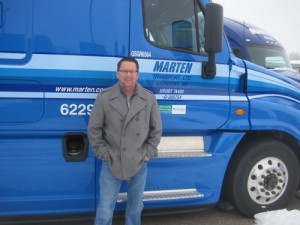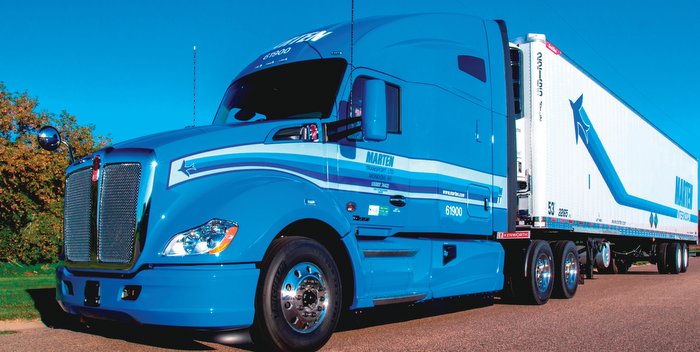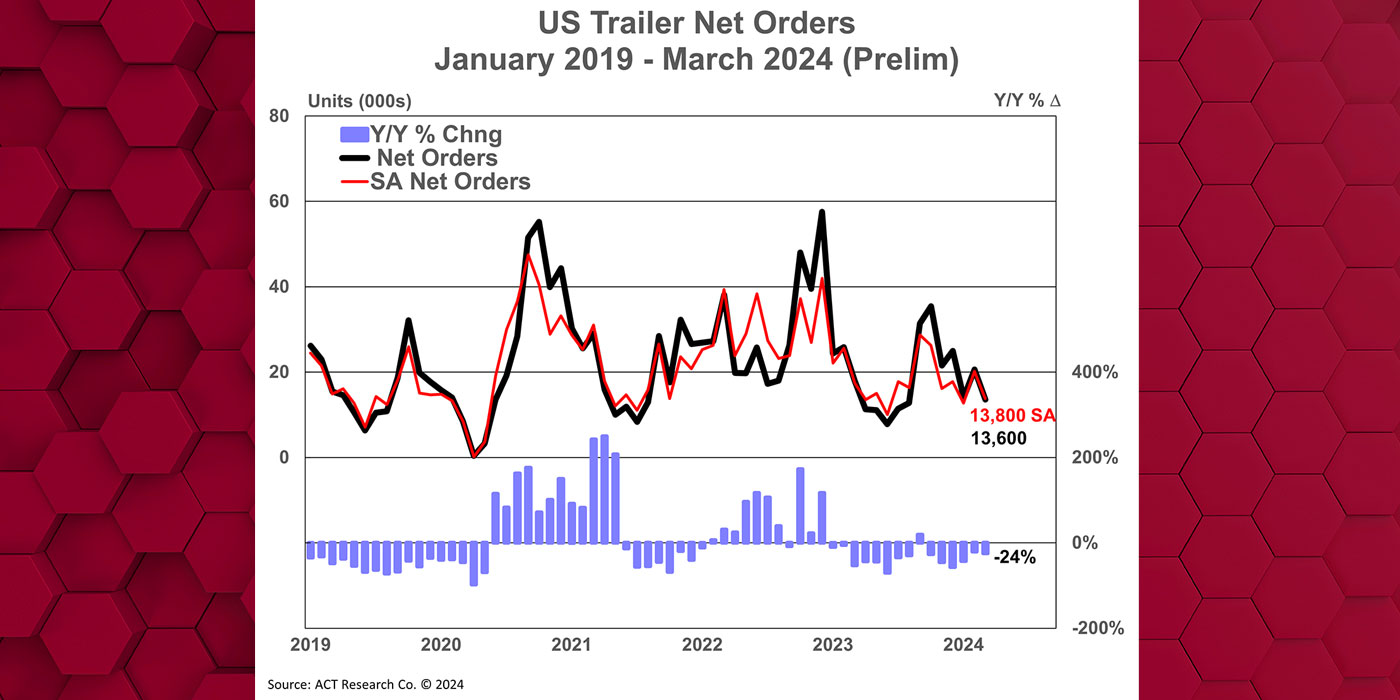
It’s one of the trucking industry’s best-known names, and for good reason. Since 1946, trucks sporting the Marten Transport logo have been traveling the highways hauling temperature-controlled goods.
“Over the last several years, we’ve transformed our business from a primarily long-haul temperature control carrier to a multi-faceted temperature control carrier,” says David Meyer, the company’s vice president of maintenance. “We wanted the ability to serve our customers with a diverse platform of premium services, so Marten Transport has undergone a transformation and expanded its business segments, along with our geographical footprint.”
One measure of that change is the growth that Marten Transport has experienced. In 2008, for example, the Mondovi, Wis.-based carrier had four terminals. Today, there are 14 company-owned terminals along with four dedicated facilities. With its equipment operating from regional facilities across the country, the irregular route truckload carrier provides time and temperature sensitive transportation services to customers in 48 states, Canada and Mexico.
To support its expansion, the Marten Transport fleet has grown to include about 2,800 tractors, supplied mainly by Freightliner, Kenworth and Peterbilt. The nearly 5,000 trailers in the fleet are mostly Utility and Great Dane models with a mix of Thermo King and Carrier refrigeration units.
Equipment decision drivers
“Dependability, maintenance costs, safety and MPG are huge drivers for us when we make equipment decisions,” Meyer says. “Cost and dependability are benchmarked for our fleet using data extracted from our TMW Systems enterprise management and internal software.
“We’ve been improving our overall fuel efficiency by optimizing our specifications and coaching our drivers on best practices,” Meyer continues. “Year-over-year MPG improvements have been around 5%, and driver coaching is always an important part of maintaining good fuel economy because anywhere from 20% to 30% of MPG is controlled by driver behavior.
“While we cannot detail on a percentage basis the exact variables that contribute to our fuel efficiency improvement,” he continues, “the upgrades to our specs make it easier for drivers to increase MPG. For example, we now spec all new tractors with automated manual transmissions and downsped powertrains from Detroit, Cummins and PACCAR.”
No timeline
Technology decisions at Marten Transport are modeled on an 18-month payback period, Meyer relates, but with a strong focus on keeping drivers and the motoring public safe, safety advances are not always subject to an exact return on investment timeline.
For example, by the end of this year all Marten Transport tractors will be outfitted with Meritor WABCO OnGuard radar-based Collision Mitigation System with Adaptive Cruise Control and Active Braking. The system detects moving, stopped or stationary vehicles ahead and measures the vehicle’s position in relation to others on the road to warn the driver of a possible rear-end collision, and when appropriate will apply the brakes.














